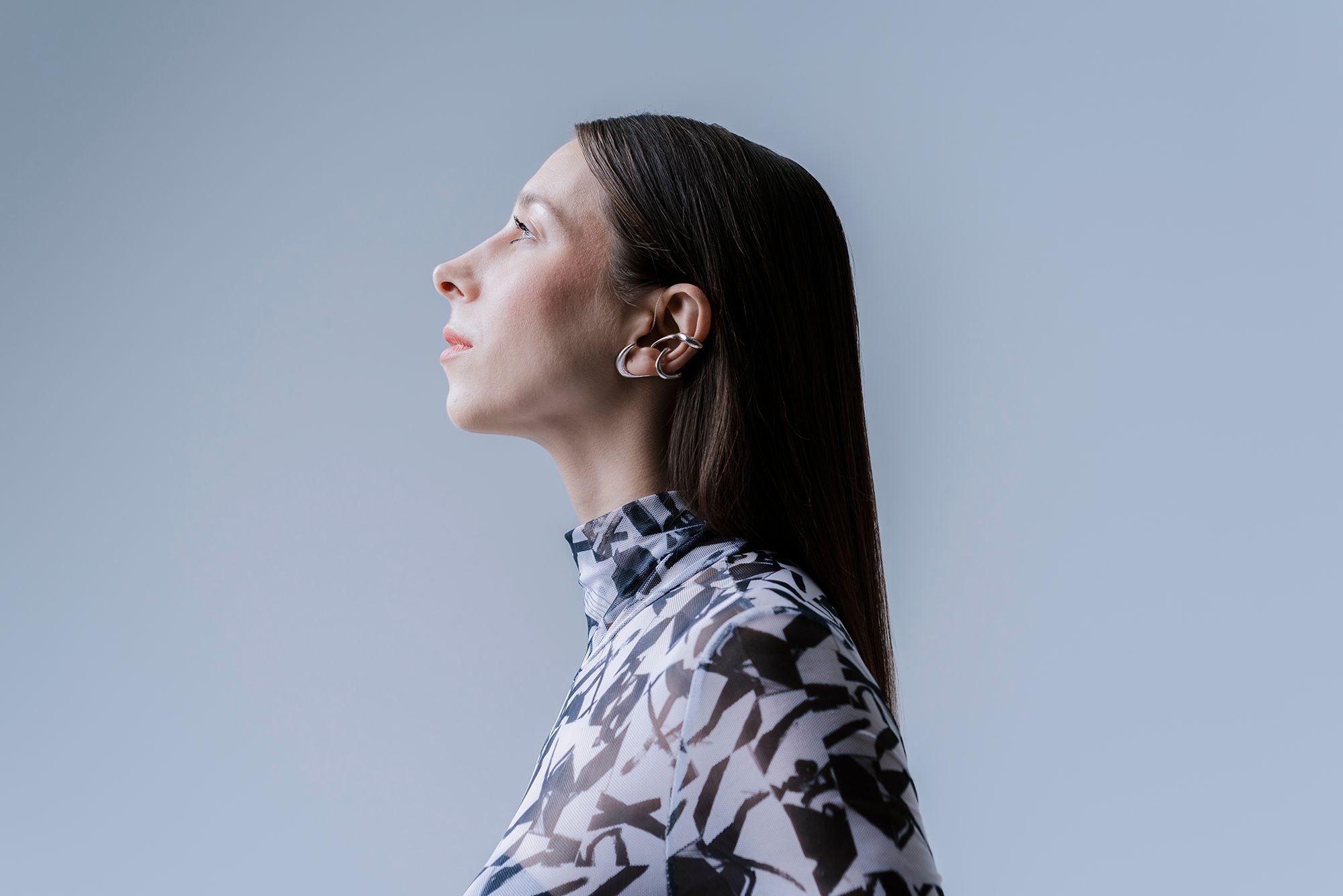When it comes to inclusive design in Hungary, the name of the Dress-coding team will definitely come up. Whether it’s a stylishly comfortable corset or custom-made occasional wear for a painter with Down Syndrome, social empowerment and innovation go hand in hand. And in their latest project, they’re responding to issues affecting the hearing impaired. To find out more, we asked Emese Solti, Communication Manager at Dress-coding.
Dress-coding’s main objective is to promote inclusive and adaptive design among creative young people by implementing innovative projects. Their projects have in common that they create personalized products for people with special needs and their mission is supported by the European Solidarity Corps. The advantages of a competition-based approach allow them to experiment with ideas, so their projects are not only inclusive but also permeated by reimagined workflows.
Medical devices as jewelry?
In the early 2010s, glasses without diopters burst into the market, moving away from functional use and focusing on aesthetic value. Nowadays, we can choose from a wide range of colors, shapes, and styles for our main eye aid, which is nowadays considered more like jewelry. But what if we could extend it to other specific needs, making aesthetics a priority? As with the previous ideas, the current one was born from the experiences of our own and of people we know: the main member of the dress-coding team is Eszter Papp, a hearing-impaired person who has been working on how to make hearing aids more attractive for people with hearing loss through art at ELTE’s Department of Social Work. As the design is the most important communication tool for Dress-coding, they explored possible design solutions to this problem.
“As we have been working in the field of adaptive design for almost three years now, we have had plenty of opportunities to ask people about their experiences, making it easier for us to choose a topic and making sure we are dealing with an existing problem. Something that will certainly have a tangible impact on the subject of the design, but hopefully also trigger change on a wider scale. Having defined the focus, we asked Balázs Ágoston Kiss to collaborate with us on the design of the hearing aid device. Fortunately, he accepted, and that’s when the search for the right subject began. Through an open call, we were looking for a subject with whom and for whom we could design a piece of personalized jewelry. We talked to several applicants and that’s how we finally started working with Noémi Tóth, who liked Balázs’ extravagant jewelry from the very beginning and was not afraid to draw attention to her hearing aid,” Emese explained the steps that preceded the project launch.
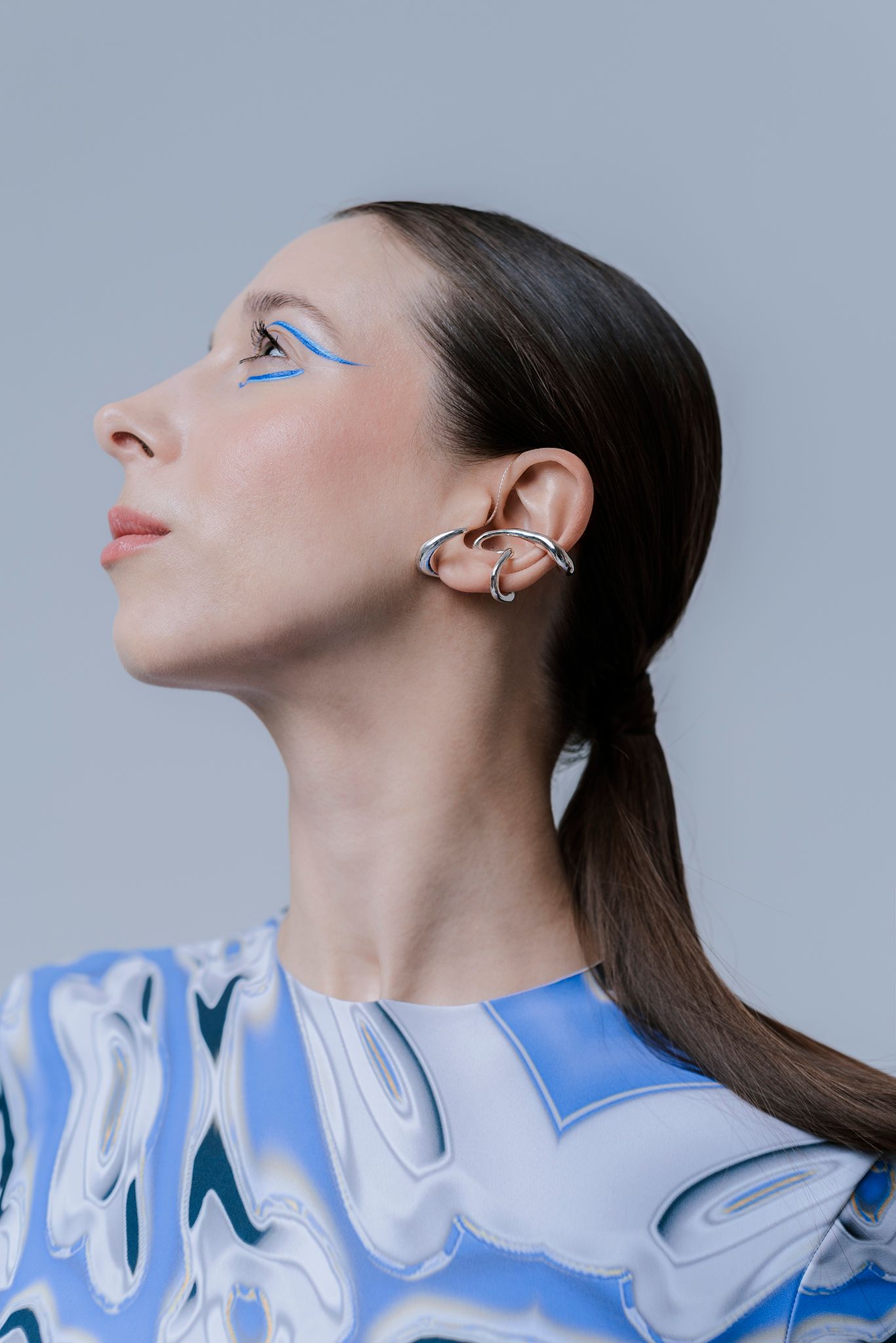
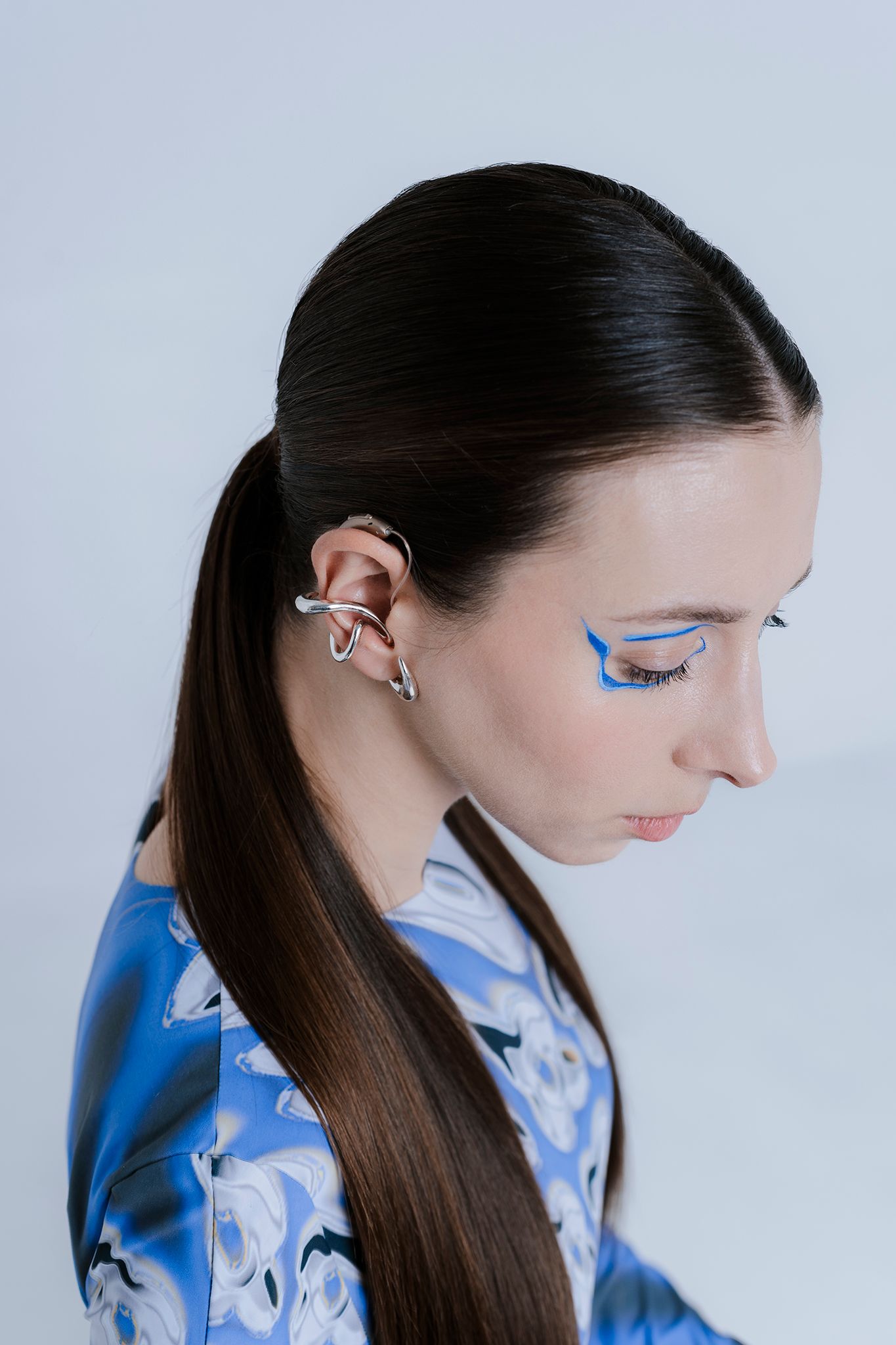
Relationship building with a twist
“People often don’t realize that I can’t hear. Sometimes it would be nice to give a veiled signal to the outside world that I need to be communicated with attentively. People are more likely to ask me about the decoration of my hearing aid than about the device itself, and I feel I could make better use of its potential,” shares Eszter, a person concerned. This approach takes hearing jewelry beyond its functional role and into a new quality. Its high-quality design and organic connection to the hearing aids send a message: hearing impairment is not an issue to be hidden, and hearing aids can be worn, decorated, and displayed with confidence. Thus, hEarrings, which started out as an aid and became a trendy accessory, symbolically initiate a dialogue and a connection with the outside world.
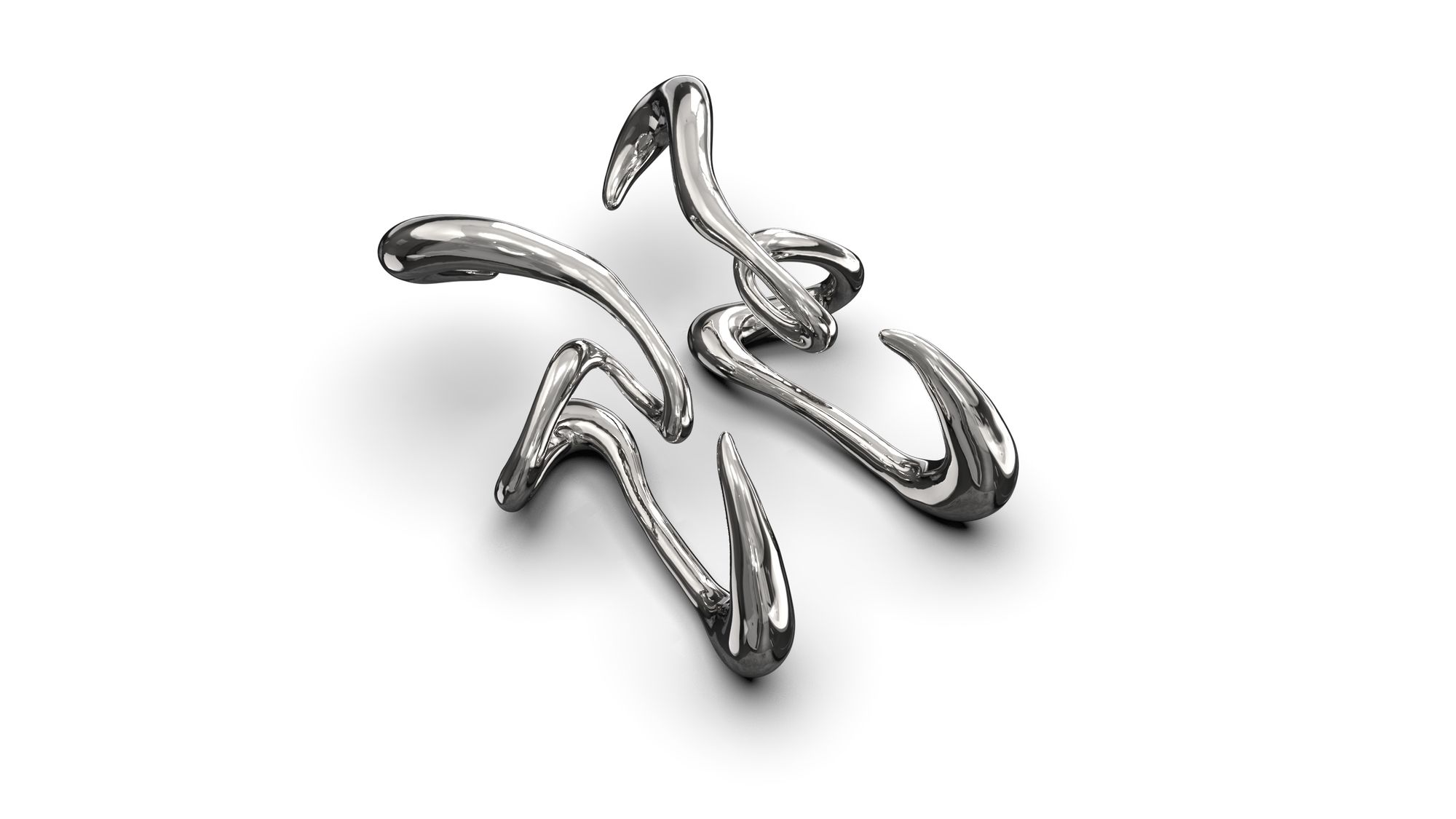
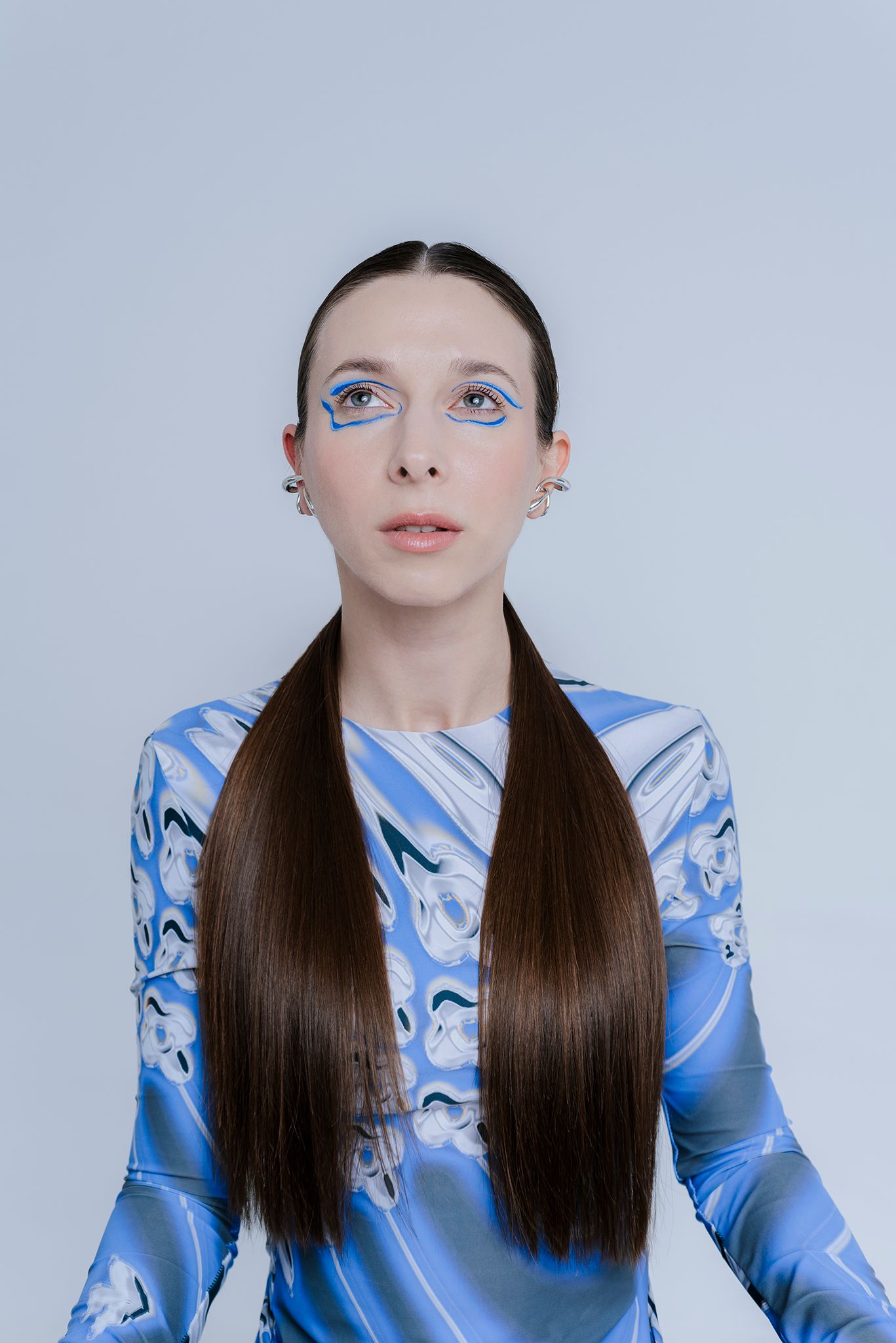
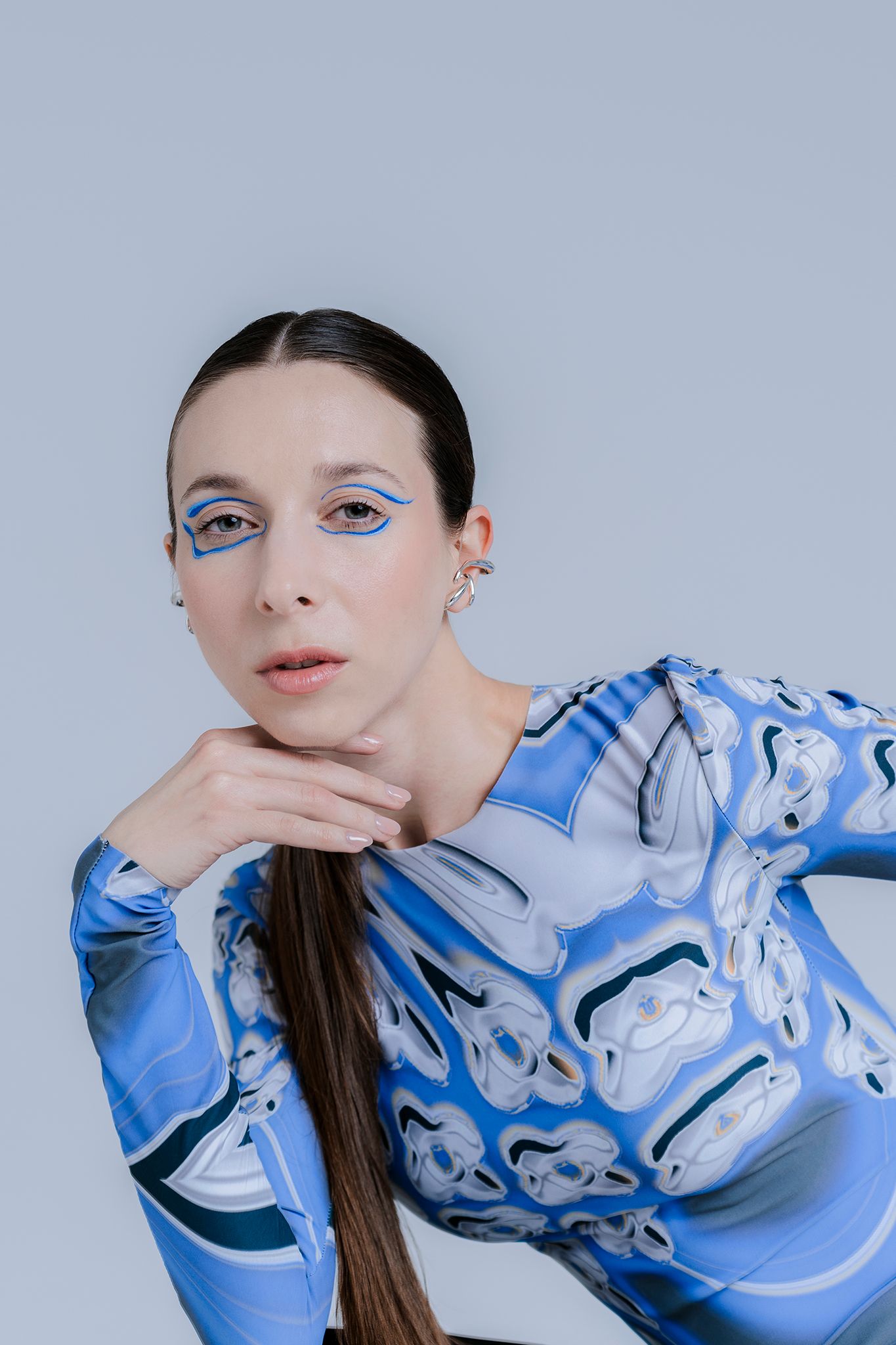
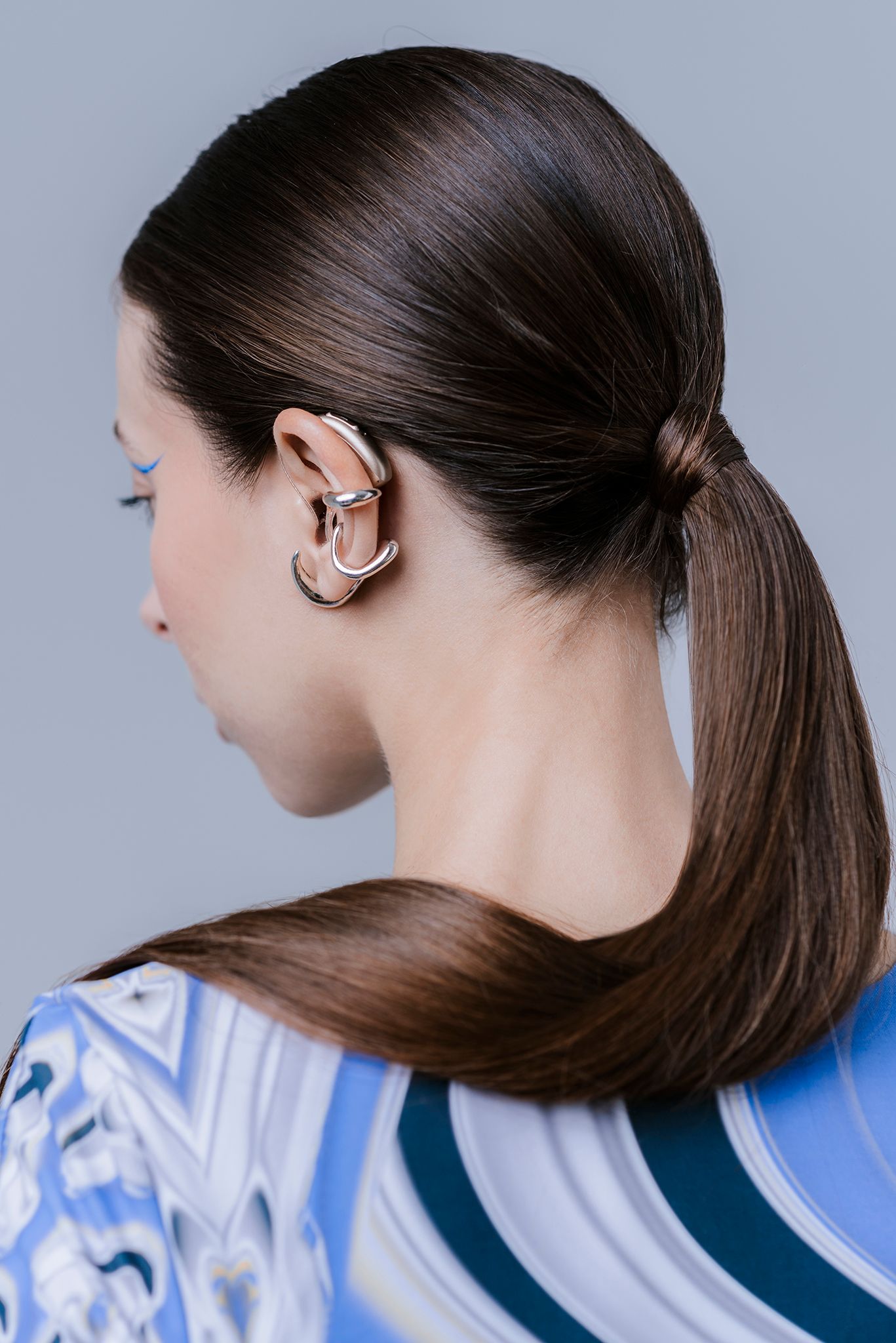
Innovative steps towards a better world
Dress-coding’s progressive nature has led it to experiment with innovation in the past, including the creation of the NFT clothing collection in 2021, which used the intense patterns of Lia Sőrés, a painter with Down Syndrome. The workflows were created using 3D modeling software to promote sustainability and digital manufacturing technologies, which continued in this project.
“We also used 3D scanning for the hearing aid/jewelry, which allows us to easily create a detailed digital replica of the ear. The scanning was followed by digital design and modeling, and the final silver jewelry was 3D-printed and then wax cast. In addition to the physical, the virtual space plays a prominent role in the jewelry design work of Balázs Ágoston Kiss, who is studying digital object creation at MOME and dealing with 3D modeling and contemporary digital fabrication technologies. Digital design allows for less manufacturing waste,” noted the Dress-coding team.
Previously mentioned Noémi Tóth was actively involved in the design process, so as a person concerned, the resulting piece was made to her exact measurements. This prototype is an opportunity that could be the precursor to a large-scale project when it is mass-produced. Although this remains to be seen, Dress-coding is working to make this a possibility.
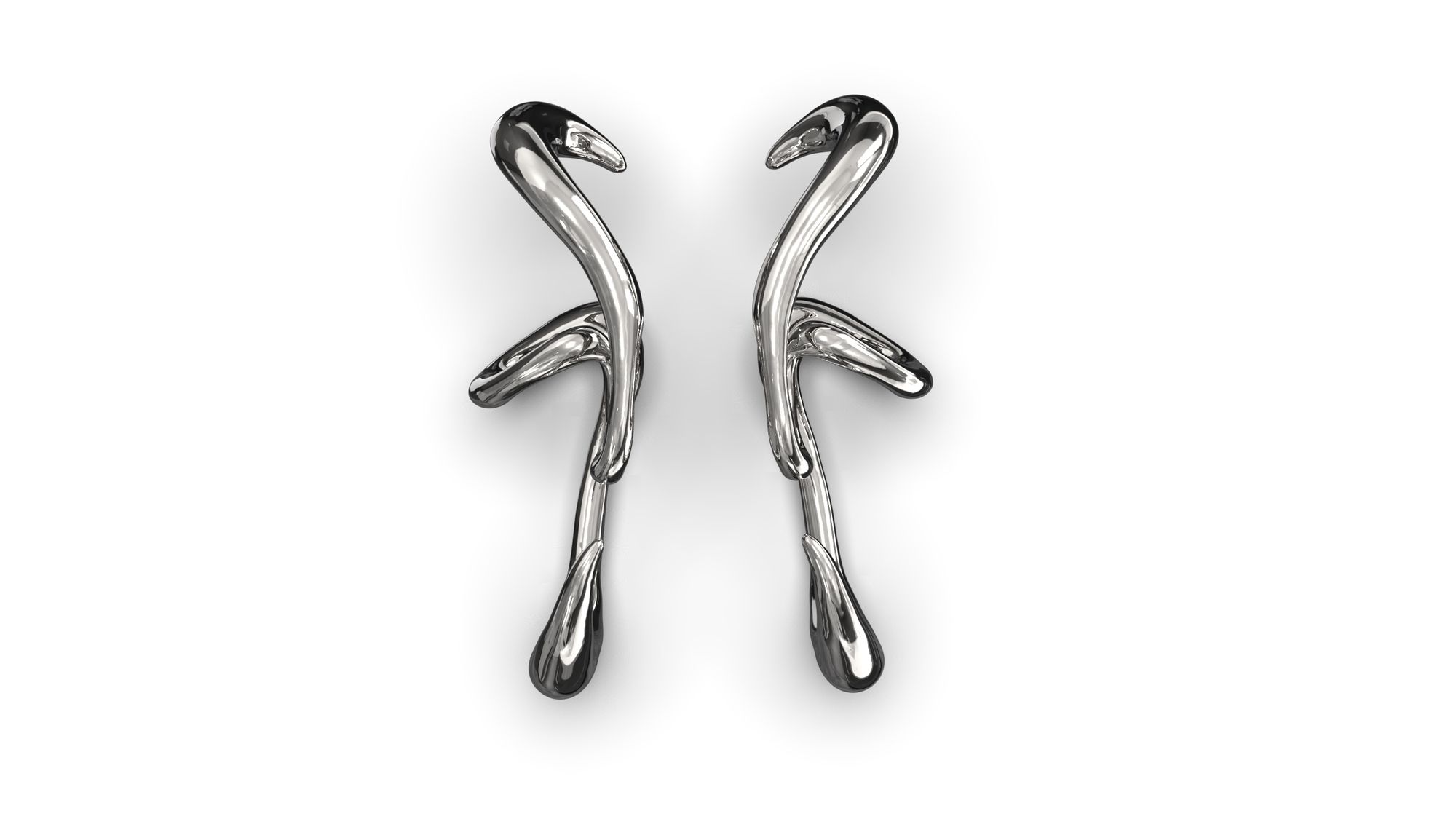
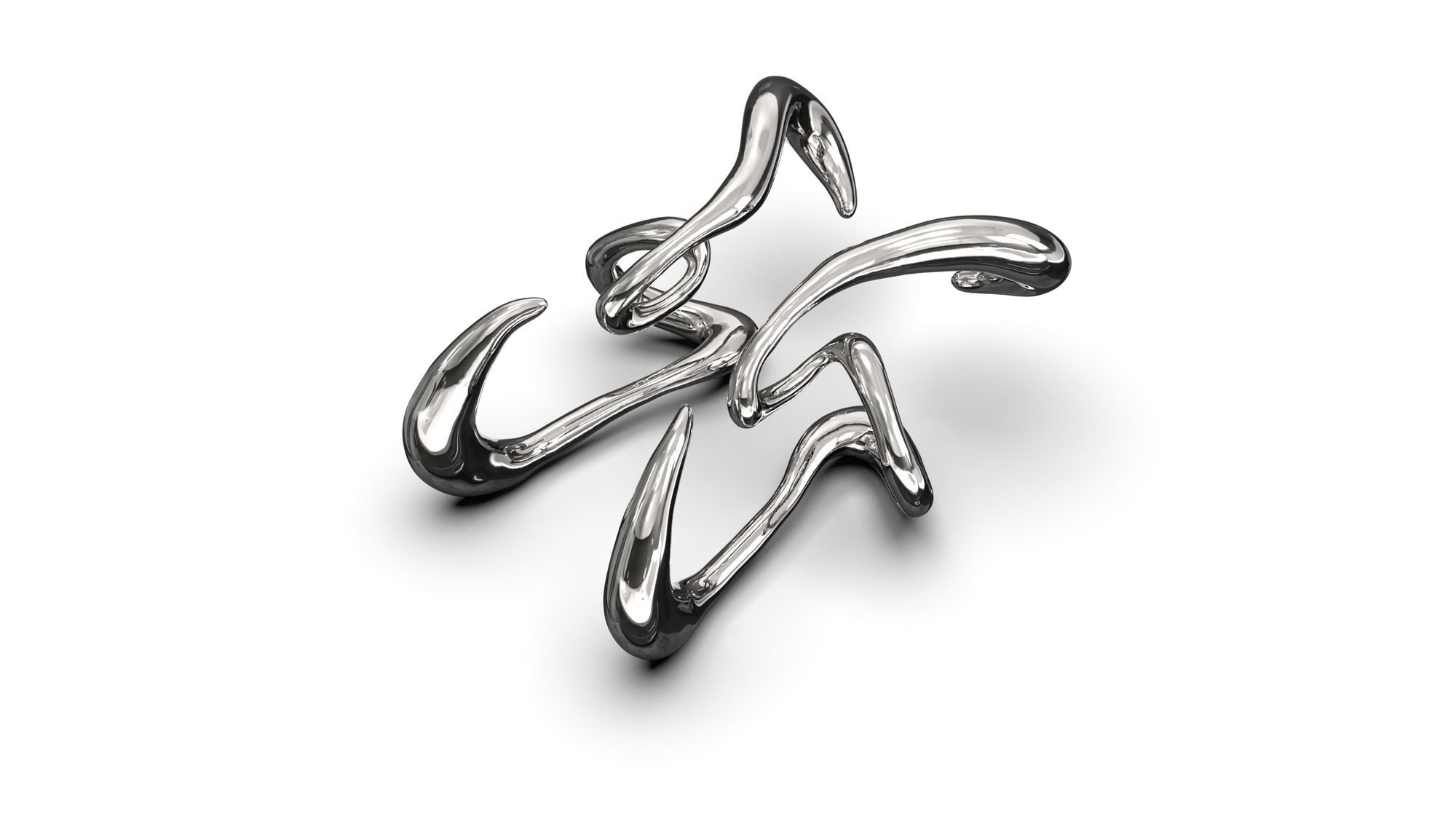
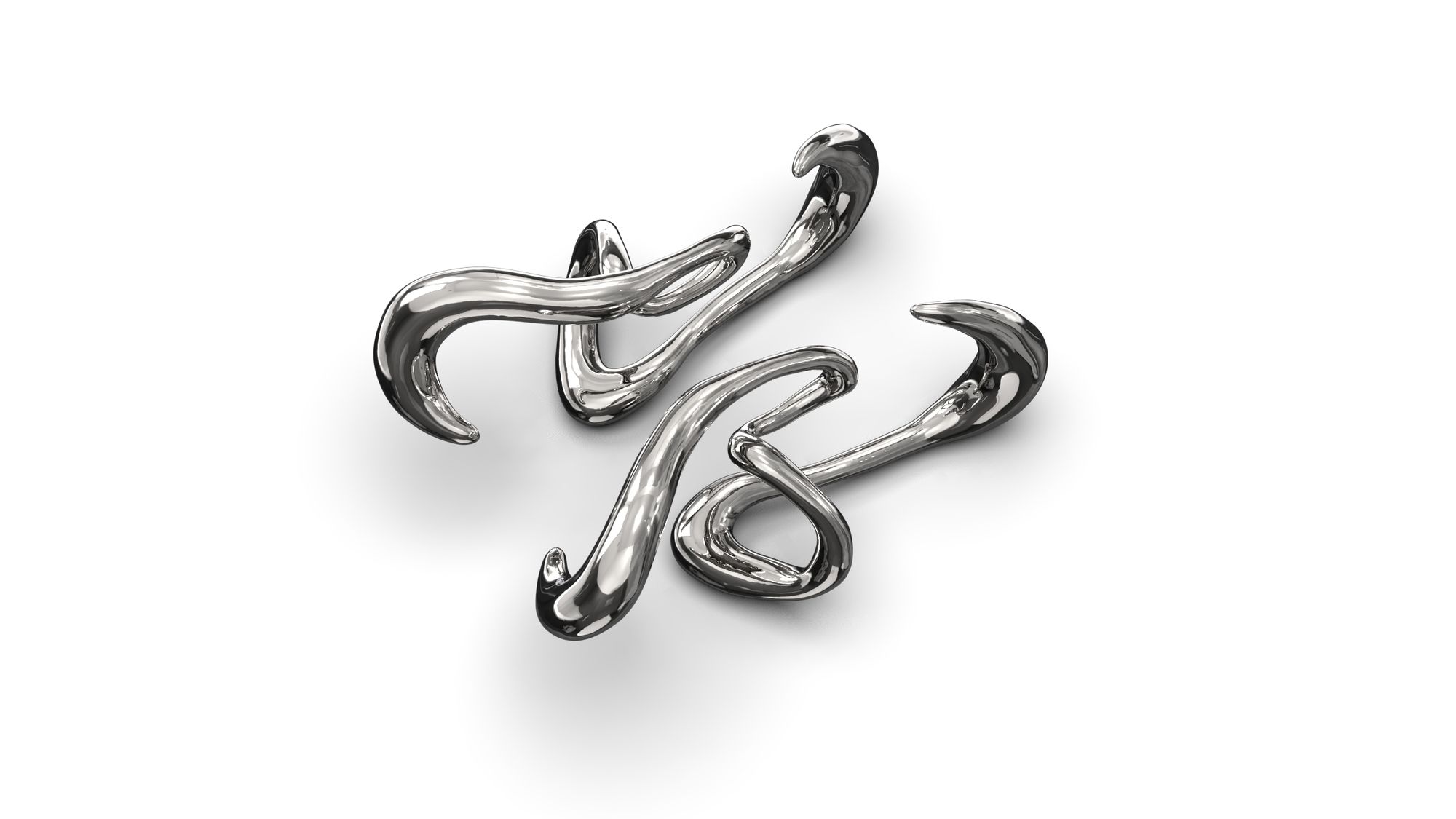

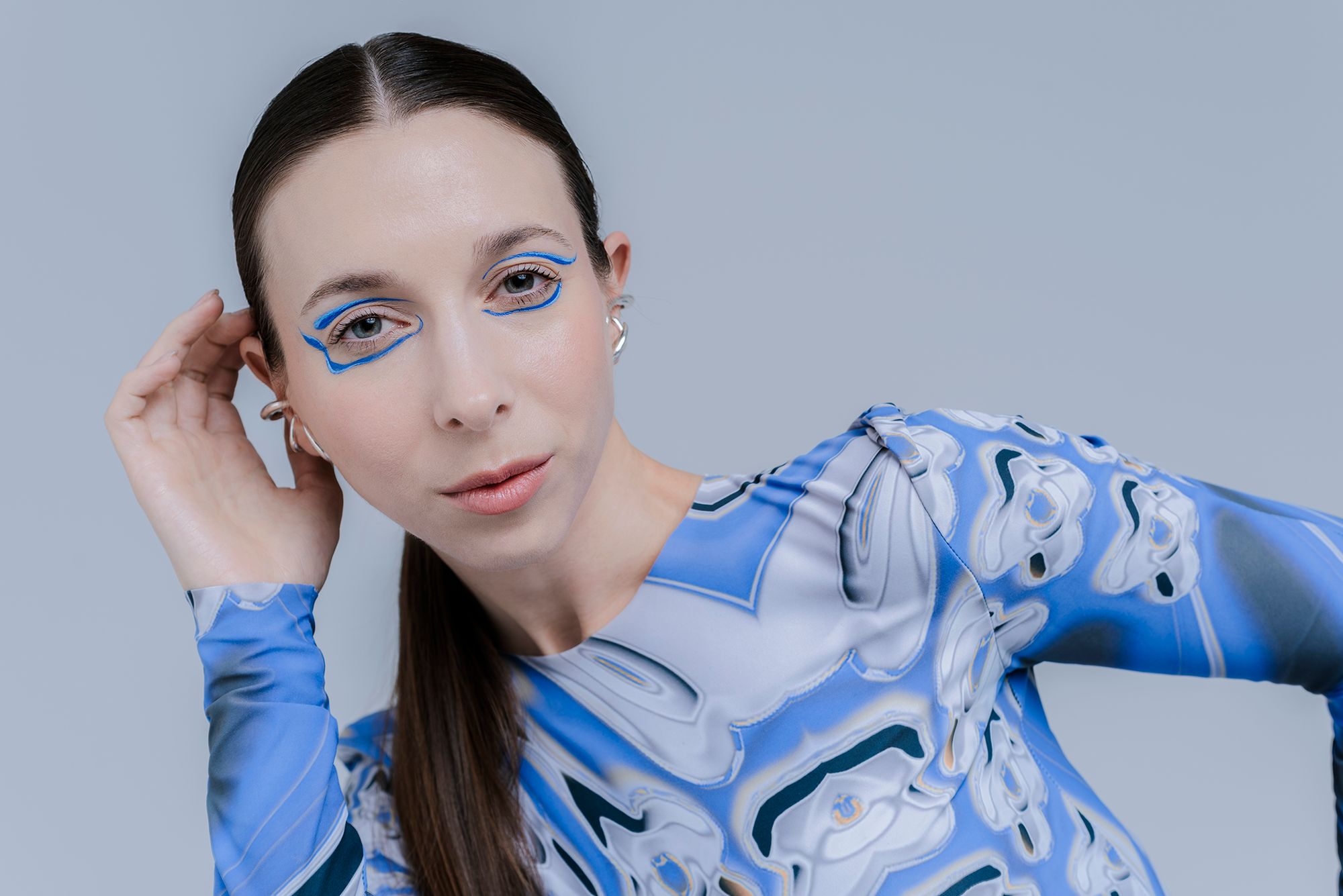
Photos: Réka Hegyháti
Dress-coding | Web | Facebook | Instagram | YouTube

The European train has passed long ago—interview with Aleksandar Nacev

The most exciting international and Hungarian contemporary blues artists to perform in Veszprém










